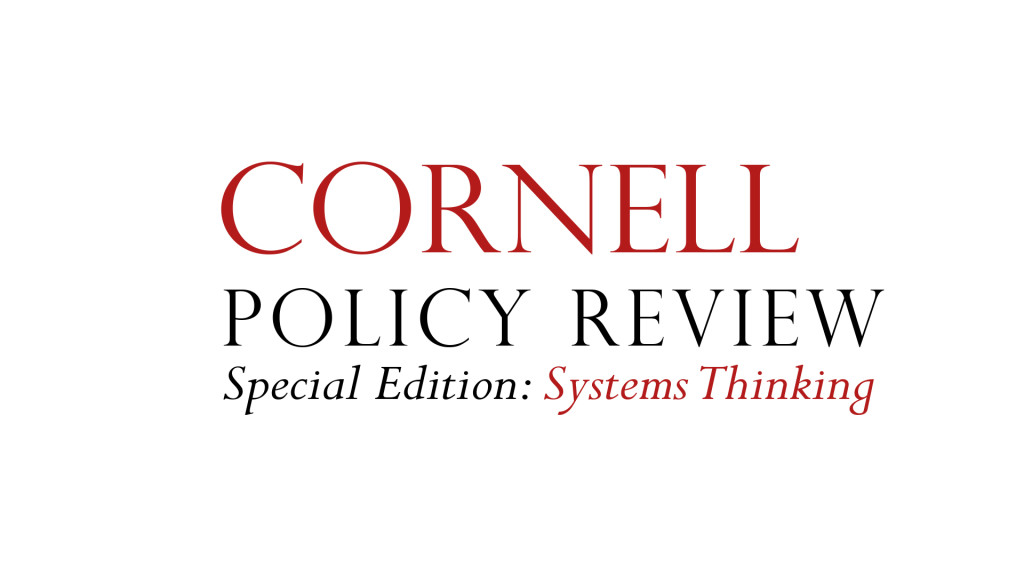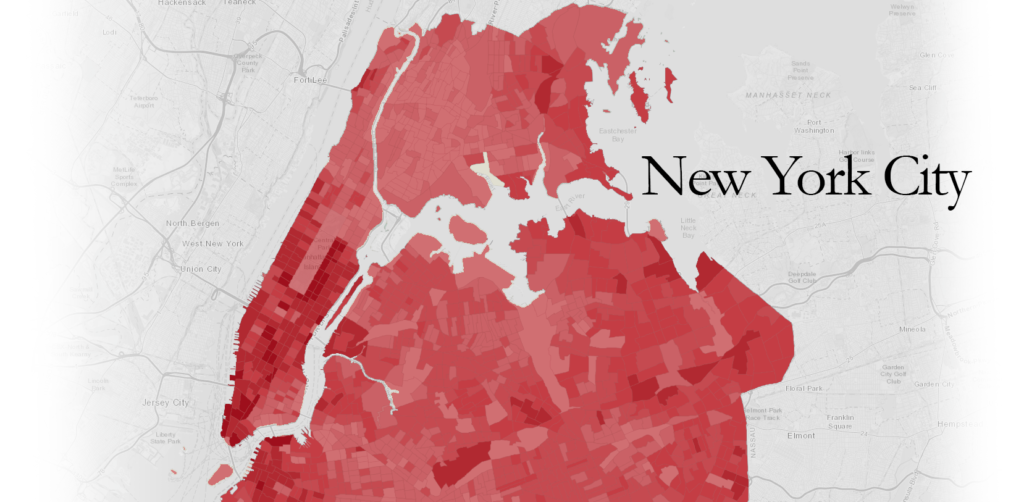Introduction and Historical Background
The State of Alaska is characterized by long distances between economic centers, sparsely populated rural communities, limited rescue personnel and equipment, and restricted means for transport and hospital resources. Most importantly, the access to the necessary resources in time of a crisis is not equally available to all the population of the state. Native Communities are especially vulnerable. There is a lack of effective level of preparedness to emergencies in the areas with high concentration of Native peoples. Public services coverage needs to be more inclusive. This includes access to fire and police stations, as well as schools and stadiums for evacuation purposes and reliable transportation.
Alaska is home to forty percent (229 of 566) of the federally recognized tribes in the United States. Rural Alaska, the western portion of the state, is one of the most impoverished areas in the country. Alaska Native People constitute seventy eight percent of the rural region.

Most of the American people derided the purchase of Alaska from Russia in 1867, questioning why the U.S. government would spend over seven million dollars on an “ice box.” However, the U.S. gained a strategic geographical position and access to the Arctic – a region rich in natural resources.[1] By the end of the nineteenth century, the Alaskan territory drew attention from Americans due to the gold rush, the growing importance of the whaling industry. During World War II and the Cold War, Alaska was of strategic military significance to the U.S., which had a presence in the North Coast and Aleutian Islands, hosting and early-warning radar system for the air defense of North America. Today, the changing climate presents economic opportunities in Alaska as well as future challenges. Receding ice due to warmer temperatures will lead to new shipping lanes and easier access to natural resources, while a warmer climate will lead to an increased risk of natural disasters among other problems.
Climate Change and Vulnerabilities to Natural Crises
Despite the economic opportunities, the negative implications of climate change in the region cannot be underestimated. A warmer climate in Alaska will lead to increased risk of natural disasters, such as wildfires, earthquakes and floods. It is likely to impact the region’s infrastructure affecting access to public services like schools and hospitals. It is essential that the federal and state governments not only recognize the opportunities in the region, but also acknowledge future challenges and are prepared to manage them. Access to hospitals and shelters for evacuation, proximity to fire and police stations, and search and rescue services are integral parts of an adequate preparedness and risk management plan for future crises.
Climate change is the single biggest threat the world faces today. The Arctic’s placement puts it on the frontier of the warmer climate impacts. In the last sixty years, the temperature across Alaska has increased by about three °F, more than double the warming seen across the rest of the United States. The warmer climate in Alaska will impact the permafrost, a frozen ground below the soil, which in turn could lead to natural crises. Eighty-five percent of Alaska’s surface is above permafrost, with the deepest layers located in the north. Thawing permafrost can lead to sinking of the soil, and therefore potential disturbance and damage to infrastructure, homes, and transportation. In rural Alaska, thawing permafrost will lead to disturbance of clean water supply and sewage system.
Increasing temperatures also mean increased risk of wildfires. According to the Environmental Protection Agency, wildfires in Alaska have destroyed more forest in the last ten years than any other decade, and are projected to double by 2050. In addition, perennial sea ice, a multi-layer ice, has been declining. In September 2012, the area of ocean covered by ice was forty-nine percent below the 1979-2000 average, and the thickness was fifty percent less compared to 1979. Sea ice along the coast protect settlements from flooding and erosion. In addition, the changing dynamic of the ice is potentially dangerous for Native American fishermen who are likely to travel further onto thinning ice in search for food.
Lastly, due to Alaska’s placement at the intersection of North American and Pacific tectonic plates, earthquakes, volcanoes, and tsunamis are a real threat to Alaskan residents. In the typical two-week period from November 17th – December 2nd, 2016, Alaska experienced 1,188 earthquakes. Although many of these earthquakes are of low magnitude, over ten were magnitude four or higher. Since 1760, there have been over 240 confirmed eruptions from thirty Alaskan volcanoes (on average, at least one per year), in addition to dozens more inactive volcanoes in the state. Ash from these volcanoes regularly results in damage to human health and economic losses to the aviation and oil industries. A strip of active volcanoes in Alaska, the Aleutian Volcanic Arc, stretches from the West to the Northeast in direction. The Northeast part of the volcanoes is located in the area which has a high concentration of Native communities, therefore specifically endangering them.

Man Made Crises
In Alaska, eighty percent of state government revenue comes from the energy production sector. Oil and gas exploitation on land and offshore, which accounts for nighty percent of state’s revenues, have various safety and environmental risks. Currently, there is no adequate oil spill recovery on ice technology, which exacerbates the risks of natural resources exploration in the Arctic. Receding ice is creating easier access to offshore gas and oil extraction, but the thawing permafrost leads to serious safety concerns in regards to pipeline durability. The Trans-Alaska Pipeline is a major domestic carrier of U.S. oil. It crosses from the North part of the state, where the deepest layers of permafrost are. Warmer climate creates uncertainties of what would happen to the pipeline if the soil starts sinking. The area is also characterized by a highly concentrated Native population.

Major man-made disasters from oil spills have occurred in Alaska in the past, and the risk remains for other incidents. In 1989, the major Exxon Valdez oil spill released eleven million gallons of crude oil into pristine arctic waters, and damaged 1,300 miles of coastline. The spill had “ecological, social, cultural, economic and psychological” impacts on Native Alaskan communities, whose livelihoods depend on fishing and hunting. Contamination from the spill decimated animal and fish populations and wrecked the social fabric of many of these communities, with effects including strained community relations, housing shortages, and increased drug and alcohol abuse. Dozens of oil spills occur yearly in Alaska — although the volume of these spills is less than one barrel in eighty five percent of cases, this indicates a major potential threat to Alaska’s natural environment and the Native communities that depend on it.
Lastly, recent studies have revealed the connection between oil and gas extraction with earthquakes. Considering large oil and gas basins and already existing high risk of earthquakes in Alaska, it is crucial to be prepared for man-made crises. Extensive offshore oil and gas basins, have potential dire consequences on Native communities. An oil spill will have social and economic impacts on Native people dependent on fishing. The areas of high concentration of Native communities lack appropriate resources for search and rescue. As a result the level of crisis preparedness is inadequate.

Transportation
The risk of natural disasters and man-made crises is evident from the above sections. In the time of a natural or man-made crises, an adequate transportation system is vital for an effective level of preparedness. Road systems, especially in the North region of the state, which has a high concentration of Natives, is inadequate. The ferry ports only exist in the South of the state, and only due to tourism and fishing being a prominent economic sector there. Aircraft landings including public, private and military for all aircraft types are scarce in the North part of the state.

Public Services and Evacuation
Besides a robust transportation system, proximity to hospitals and fire stations is crucial in the event of a crises such as fire, earthquake, flood, or a disaster related to natural resource extraction. There is limited access to hospitals in the areas with high concentration of Native population.

Similar to hospitals, fire stations are not as prevalent in the areas with high concentrations of Natives. Furthermore, the lack of fire stations in the North of the state is troublesome due to the Trans-Alaska pipeline presence and offshore oil and gas development.

Access to schools and stadiums is important in case of evacuation. According to the Alaska evacuation planning guide, communities in the state rely on schools and stadiums for sheltering during major events. There is a lack of stadiums across the country: there are only four stadiums located in urban area. The north part of the state has a limited number of schools. Considering high concentration of Native communities in that region, this has negative implications for crisis management and preparedness.

Conclusions and Suggestions
The Native population in Alaska does not have the same access to needed resources in case of emergency compared to the rest of the state. It is essential that the state and federal government invest in better roads, especially in the North. Considering rapid sea ice disappearance, investing in ferry ports in the West along the coast and north is necessary. If large equipment has to be transported along the coast in case of emergency, ferries would provide a reliable source of transportation. In terms of Native population’s access to hospitals and fire stations, it is evident that the rural region in the Northwest portion of the state would benefit from a more substantial public services coverage. Similar recommendation applies for the evacuation locations, such as schools and especially stadiums. Overall, the state of Alaska currently does not have an adequate crisis preparedness level to assist Native communities in case of an emergency.
Alaska Evacuation Planning Guidehttps://www.ready.alaska.gov/Plans/documents/2014%20Alaska%20Evacuation%20Planning%20Guide%20FINAL.pdf
Alaska Public Lands Information Center https://www.alaskacenters.gov/permafrost.cfm
Emmerson, C. The future history of the Arctic (London: Vintage 2011):”73-94″,”48-51″
Environmental Protection Agency https://www.epa.gov/climate-impacts/climate-impacts-alaska #Reference 3
Global Change: Alaska http://nca2014.globalchange.gov/report/regions/alaska#statement-17126
Holleman Marybeth, CNN, After 25 years, Exxon Valdez Oil Spill Hasn’t Ended http://www.cnn.com/2014/03/23/opinion/holleman-exxon-valdez-anniversary
Kuchment Anna, Scientific America, Drilling for Earthquakes https://www.scientificamerican.com/article/drilling-for-earthquakes
NOAA Alaska Fisheries, Alaska Oil Spill Risk Analysis https://alaskafisheries.noaa.gov/sites/default/files/oilspillfactsheet1114.pdf
Picou and Martin, Long-Term Community Impacts of the Exxon Valdez Oil Spill: Patterns of Social Disruption and Psychological Stress Seventeen Years after the Disaster http://www.arlis.org/docs/vol1/B/243478793.pdf
Understanding Alaska http://www.iser.uaa.alaska.edu/Publications/researchsumm/UA_RS10.pdf
University of Alaska Fairbanks https://earthquake.alaska.edu/earthquakes/about


